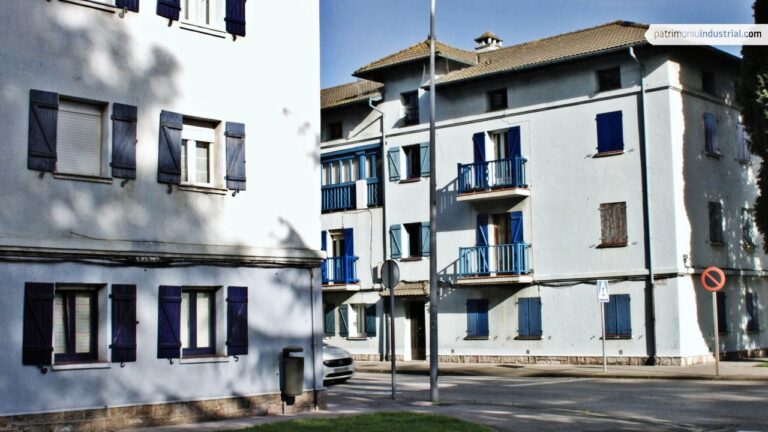Industry
Cooperativa Eléctrica de Langreo (CEL) was set up in 1923 to produce electricity using low-quality coal as fuel. The main promoter was Sociedad Metalúrgica Duro Felguera, which provided its power stations at Sotón, in San Martín del Rey Aurelio, and in La Felguera. It was later transferred to the district of Lada, where a new plant was to be started up.
Seven other coal-producing companies also took part, receiving an electricity consumption fee proportional to their capital contributions. In 1939, the company was renamed Compañía Eléctrica de Langreo, being absorbed years later by Hidroeléctrica del Cantábrico and finally by Iberdrola.
In order to house the company's management staff, CEL developed housing in the current Pablo Picasso Street in La Felguera. This street, together with Conde Sizzo Street, in the same district, and La Unión Street, in Sama, are the most representative examples of the type of housing promoted by companies for their management staff in the municipality of Langreo. They are usually located relatively far away from the production centres in order to avoid the inconveniences derived from the activity, such as pollution or noise. They chose non-degraded areas, large plots of land and well-kept surroundings to build single-family or semi-detached houses.
The CEL twin dwellings were designed in 1951 and follow the guidelines of the regionalist style that was widespread in Spain in the 1940s and 1950s, with references to the architecture of the mountains and the Basque Country.
In a nearby location, a few years later, Sociedad Ibérica del Nitrógeno promoted the construction of a group of houses following the pattern set by the CEL.











Recent Comments